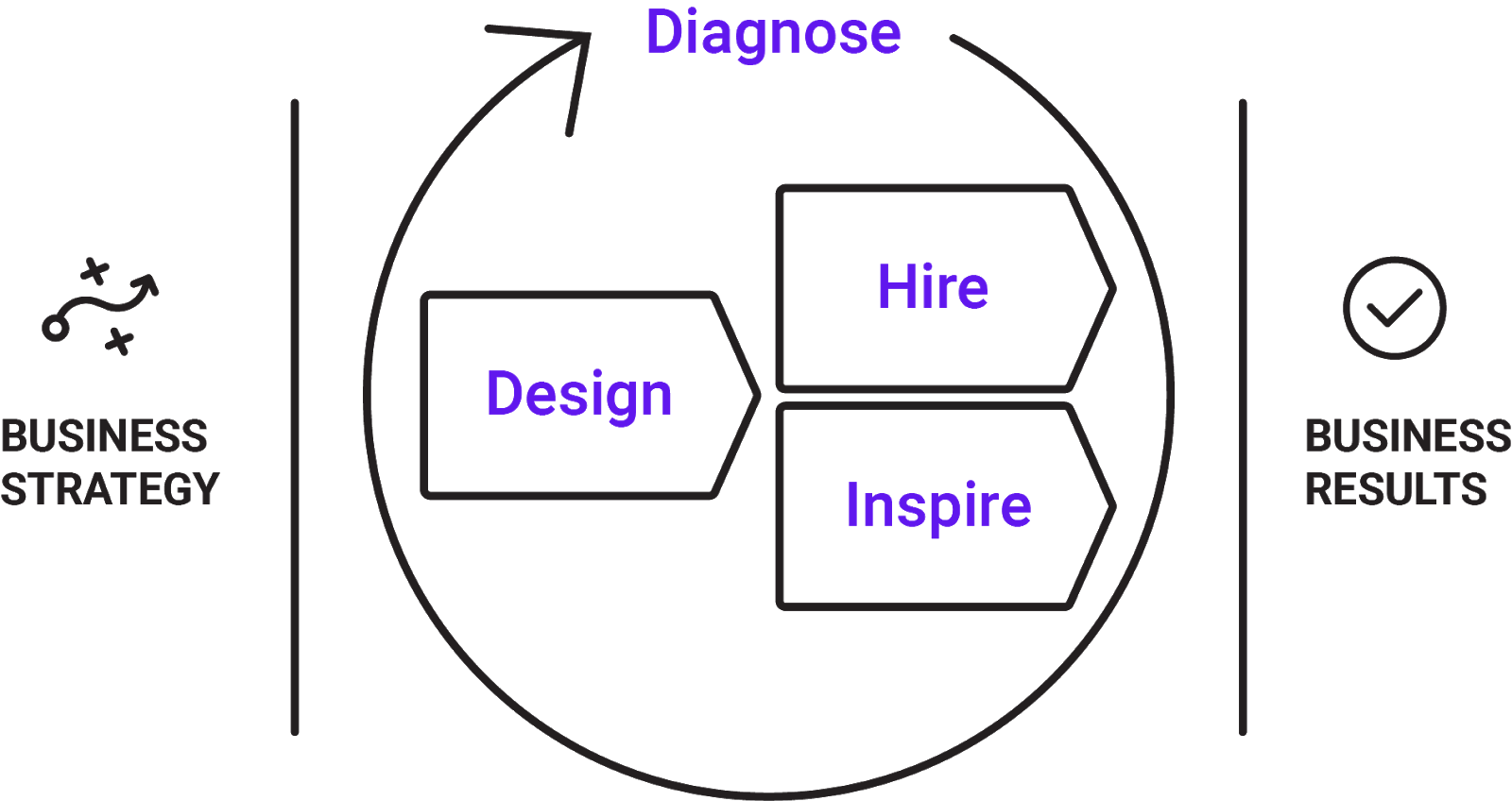Talent Optimization might be a new idea for some companies, but once you understand how it works, you instantly see how it can help your business. You might not be using the same language but often you are implementing some for of Talent Optimization without even realizing it.
Get more value out of your investment by maintaining your talent
Think of Talent Optimization like the way you buy a car. When it’s time for a new vehicle, you don’t just watch a few car ads and go buy one of them, do you? And, after you’ve bought it, you don’t just drive off into the sunset and never pay attention to what the car needs ever again, right?
Of course not. Buying a car this way could mean you end up with a two-seater when you have five kids to haul around. Or that after 20,000 miles, you’re stranded on the side of the road with a burnt-out engine because you never changed the oil.
When you get a car, you want to protect your investment, so you put time into maintaining it. You put gas in it, get oil changes, and rotate the tires – all the things you need to do to keep it running smoothly.
Your talent is no different. You have to properly research who you hire and put time into nurturing your talent and culture. If you don’t put the effort to maintaining your investment, it won’t drive you forward and get you where you want to go.
The 4 phases of Talent Optimization
The Talent Optimization concept was pioneered by The Predictive Index, and it’s centered around using data to make people decisions – instead of outdated methods or gut instinct. They’ve laid out a four-part discipline that helps you align your people strategies with your business strategies for more success. It’s designed to help you better understand and grow your business, and like a car, properly maintain it so it can go the distance.
Diagnose
This is where you dig into your people problems. Are you missing a key player? Is your team lopsided – too heavy or light in a particular strength? Do you have communication issues or a toxic employee who’s wrecking your culture or creating a distraction? Using data to diagnose your current state sets the stage for your people strategy to improve. (And by the way – you’re never done with this step! You’ve got to periodically diagnose your team to check its health and make improvements.)
Design
This is where you create your people strategy based on what you learned from the Diagnose step. Because you now know more about how each member of your team thinks and behaves from a data perspective – not just your own perceptions – you can design a strategy that puts everyone’s strengths to their best use. Your company will operate better, and your culture will flourish because you’ve taken the time to understand them and strategize around that knowledge.
Hire
After you Diagnose and Design, if your team is missing any key players, you’ll be in a better position to hire someone who will fit seamlessly into your strategy. Too often, we see companies that haven’t approached their hiring from a data-driven perspective, resulting in mismatched teams or duplication of duties and strengths. When you use more objective methods of sifting through candidates, you can be sure you’re stocking your team not just with A-players, but ones that will be a good culture fit.
Inspire
This is where you’ll kick all your data and new-found understanding of your team into high gear. With a team that’s engineered for top performance, you’ll build a strong culture because your team will understand themselves and each other better. Managers will be able to get the best from their direct reports because they’ll know what motivates them, as well as be able to adjust their own behavior to get outstanding results.
Like choosing the right car and maintaining it properly, improving how you hire your employees, create teams and build your culture is imperative if you want to get anywhere. Without data as your fuel, you won’t be able to drive your business forward.
By putting these four elements into practice in your employment brand, you’ll see big changes in your company – in your employees’ satisfaction, in your productivity, in your culture and, ultimately, in your profits.



Leave A Comment